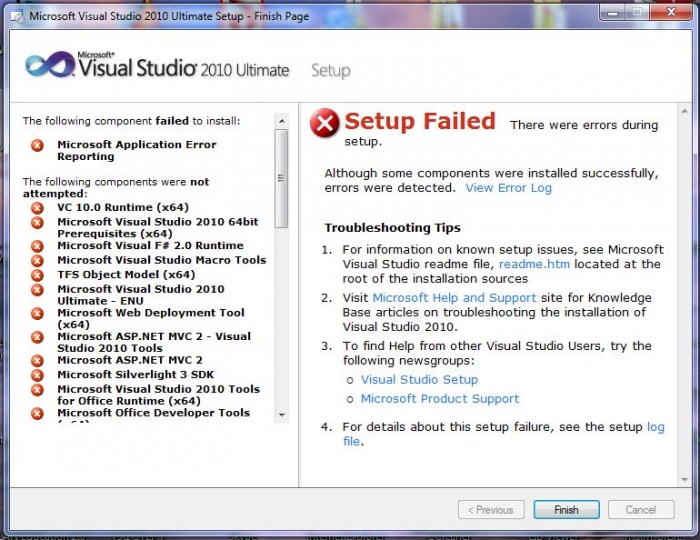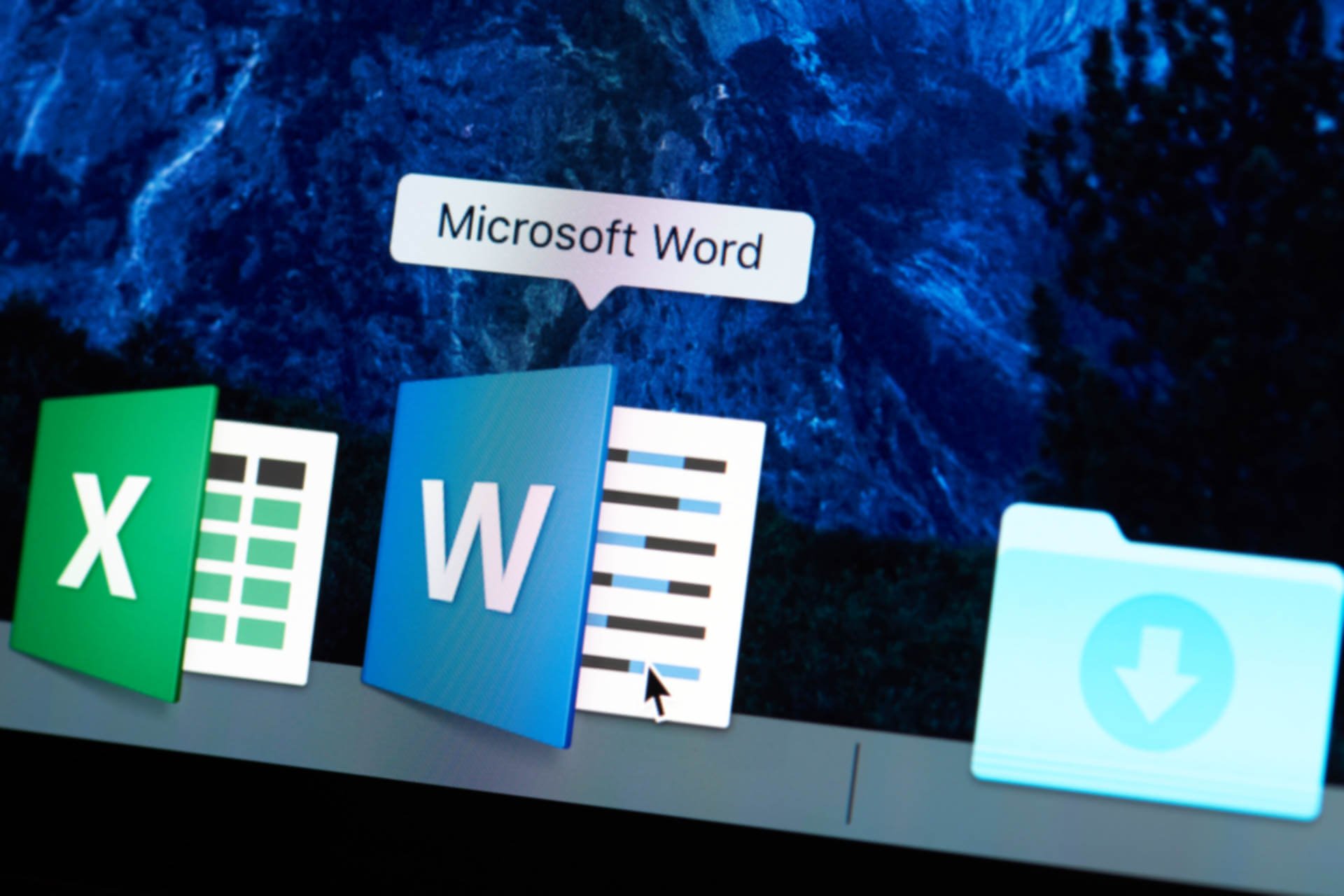

(For more great examples of 404 pages done well, check out ten examples here and even more here. This is on brand and a tiny bit silly but it still made me chuckle. Instead, humor can be used to have a little fun when appropriate: If you’re unsure, keep a straight face.” (Check out more style guides for notes on humor and jokes in microcopy.)Ī perfectly unnecessary example of condescending microcopy on an unsubscribe link. Mailchimp’s style guide lays it out more specifically, “don’t go out of your way to make a joke - forced humor can be worse than none at all. Not the best way to keep user stress levels low. It would be like asking a friend for advice about your bad day and then they make a sarcastic comment instead. There are lots of other places to inject friendly, light humor into UX microcopy but an error message isn’t always the best place for it. Unfortunately, a lot of “humor” found online and in UX can come across as condescending. Don’t mock your users / Keep the jokes to a minimum Slack is known for having great (and appropriately humorous) microcopy. Instead tell them why there was an error and how they can address the issue. No, that doesn’t mean you need to put a long jargon-heavy error code. Try to keep your users from wanting to shout at the screen by being specific about the error. How many times have you gotten frustrated at an error message that popped up with nothing helpful anywhere? We all have been there. HBOMax demonstrating the correct format needed rather than telling me I did it wrong. I feel like I’m in trouble and I don’t even know why. If the email address they entered is incorrect, then say “Please enter a valid email address using the following format: ” instead of telling the user: “You entered your email incorrectly.” Instead, keep directives specific to what the user needs to do to remedy the problematic action.

This means you should avoid using phrases like “you did” or “you didn’t” when explaining what went wrong. Users are already going to be frustrated when they get an error message-don’t make it worse by placing the blame on them. Twitch’s error messaging is on brand, a little humorous, but not cutesy or annoying. What if your users aren’t native English speakers? Also, what happened to using periods at the end of sentences? (Some people might also throw “yikes” in that group as well but this can also depend on your brand’s tone and voice.) At this point, they’ve probably seen error messages and realize what their purpose is, so the “oops” is no longer necessary. It’s generally not good business to talk to your users like they’re children or baby internet users either.
#Microsoft error reporting pop up professional
Would you say whoops to your manager or to a professional colleague if you made an error? Probably not. It doesn’t really help smooth anything over for users any more and might even annoy them. Users have been oopsed and whoopsed to death at this point, so generally it’s best to avoid the cutesy sounding language. The Internet has come a long way from those original “Oops!” messages. Instagram gives users two clear actions that go along with the message above them. I feel like these are trick buttons for users. If they stay in the app or refresh instead, what will happen to their progress thus far? Make sure everything is explained as simply and clearly as possible. Within the error message itself, there should also be the consequences of those actions. “Yes, refresh the page.” or “No, stay in the app.” If the error message has a “yes,” “no,” or “cancel” action button, consider adding an action word after it. Even if they don’t read the whole error message, they should be able to easily see which option to choose in order to solve the issue. The action buttons for your error messages should be very clear to users. Users know what the problem is and what they need to do to fix it.Ģ. Sure, it’s a short message but does it tell users anything at all?Ĭlear, concise, and empathetic messaging from Spotify. Just remember that less is more and clarity and usefulness are the most important things. Now, sometimes it might not be possible to write a message that short, so don’t beat yourself up attempting to get to 8 words on your error popup. When the sentences were 8 words or less, users understood the whole 100%. So, when sentences were 14 words or less, users understood 90% of the messaging. In fact, an oft-cited study by the American Press Institute showed that shorter sentences results in greater understanding by users. The longer a message, the less likely your users will read them. The rule that applies to all UX microcopy also applies to error messaging.


 0 kommentar(er)
0 kommentar(er)
